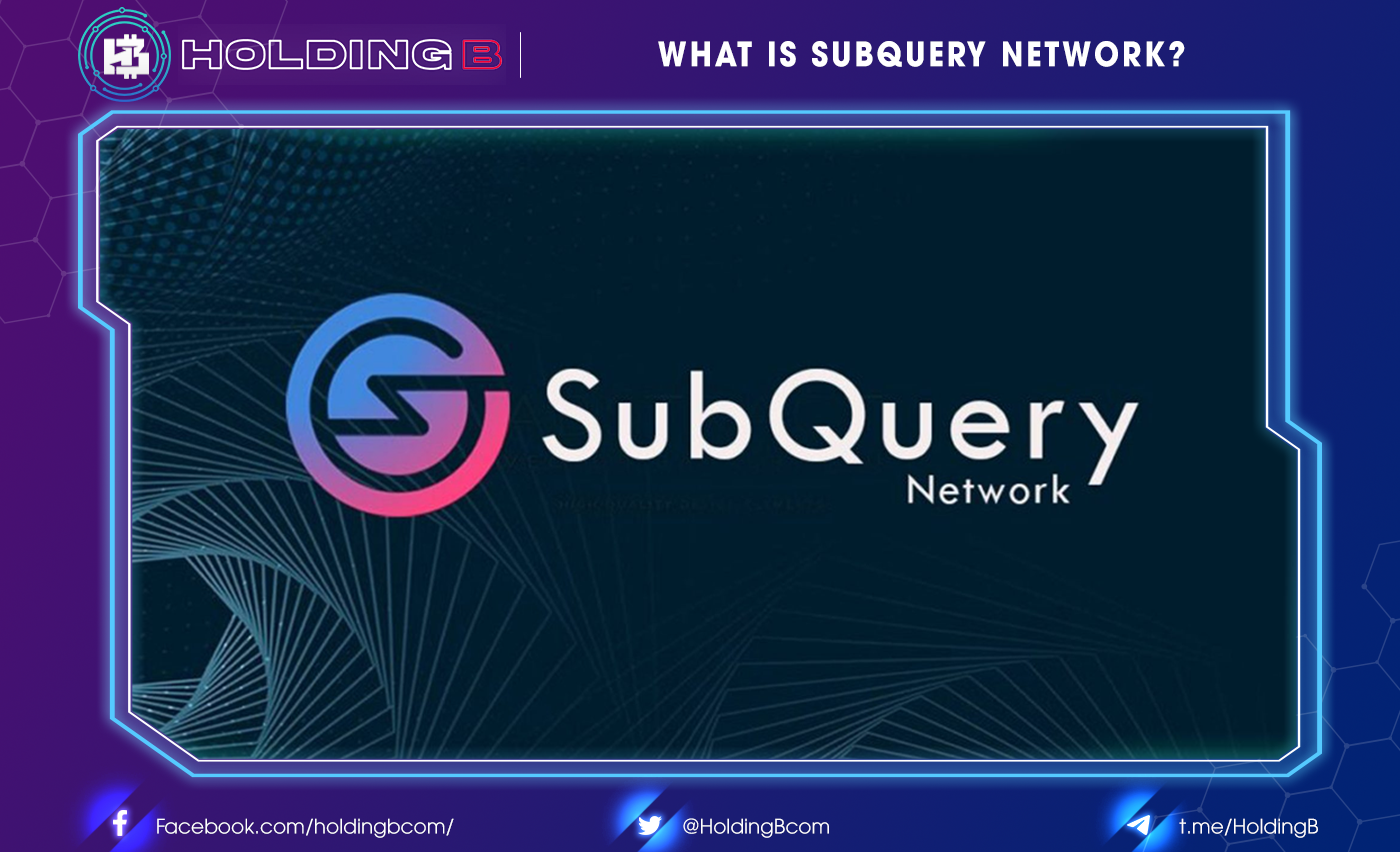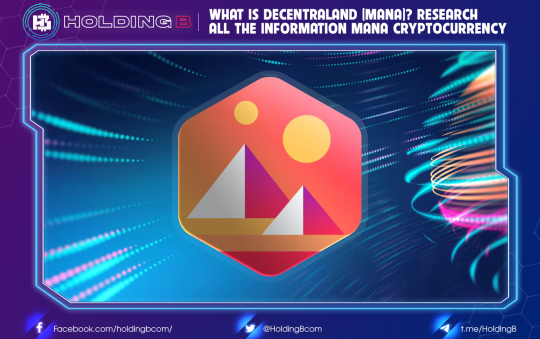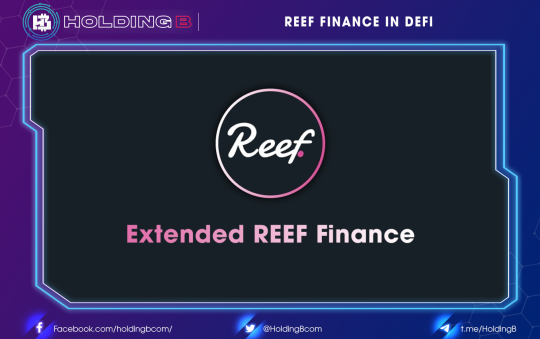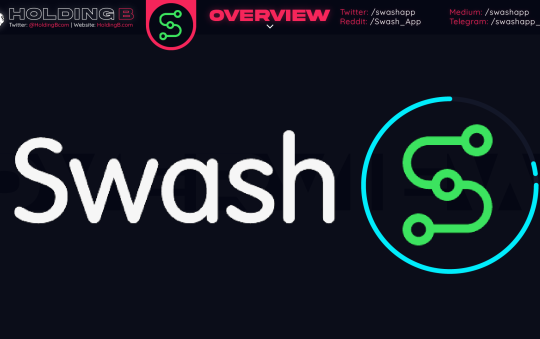Blockchain data storage technology is like a distributed ledger, so information about an entity will be scattered in many places, making it difficult to find information.
To build increasingly complex and intuitive applications, project developers need more powerful tools to process and query their blockchain data faster. They therefore needed a flexible, open source data platform to query this data in the most efficient way.
SubQuery was born to solve that problem. So what is SubQuery? What does it stand out, let’s find out through the content below.
What is SubQuery Network ?
SubQuery is a protocol that makes it easy and secure to query and aggregate data from Polkadot ecosystem projects, providing well-structured data for developers to use across multiple projects, helping developers developers building the next generation of decentralized applications.
How does SubQuery Network work?
SubQuery is a toolkit for blockchain developers and the backbone of the web3.0 infrastructure The SubQuery project is a complete API (Application Programming Interface) for organizing and querying data from chains. Working between layer 1 blockchains and decentralized applications, SubQuery is an open source indexer that organizes and provides well-structured data over GraphQL (an open source data query language for APIs). SubQuery powers the next generation of dApps and tools with web3.0 data
Now, anyone can use SubQuery to extract and query blockchain data in minutes and for free but in a centralized way. The SubQuery Network proposes to enable this same efficient and scalable solution, but in a completely decentralized way.
SubQuery’s Solution
SubQuery powers some of the leading applications in Polkadot and serves tens of millions of API requests daily through a managed service. Many customers are now relying on SubQuery to provide mission-critical data for their production applications. This is achieved by four essential tools available to developers.The SDK, SubQuery Projects, SubQuery Explorer and SubQuery Network are about to be launched.
- SubQuery SDK: Open-sourced SDK with Apache license (v2.0), allowing users to create their own SubQuery projects, defining how metrics creators should browse and synthesize their own protocol.
- SubQuery Projects: Is an online application that allows users to deploy their own projects on nodes. The project will be hosted and managed by the infrastructure for free.
- SubQuery Explorer: As an online managed service, it provides access to launched SubQuery projects made by community developers.
- SubQuery Network: Running complex, scalable, resilient infrastructure is always a difficult task, it requires a team of engineers that specialize in infrastructure, and often needs it. Monitor to avoid power outages. Developers always want to not need to spend a lot of time on infrastructure management, but focus on building projects. Providers of centralized infrastructure management are currently dominating the market. However, a decentralized future will require more data providers. Therefore, that is the reason why the project focuses on the SubSQL network. Project developers envision that applications will be able to use GraphQL to query any datastore (as defined by the SubQuery project) from items on the network.
Participants in the SubQuery network
Everyone in the network has a role, from highly technical developers to non-technical people. The SubQuery network consists of four main network participants
- Consumers
Consumers will request the SubQuery Network to provide data specific to their dApps or tools and pay an advertised amount of SQT per request.
- Indexers
Indexers will run and maintain high-quality SubQuery projects in their own infrastructure, run both indexers and query services, and will be rewarded with SQT for the requests they serve
- Delegators
Delegators will join the network by supporting their favorite Indexers to earn rewards based on the work that indexer does.
- Architects
Architects are the people who build the SubQuery projects on which the network runs. They author and publish SubQuery projects for the network to index and run.
Competitive advantage
SubQuery Network is simplicity and flexibility for different use cases, payment methods and networks. SubQuery focuses on three main needs:
- Multi-chain by Design
The SubQuery Network is designed to support any SubQuery project from any layer 1 from the start so that all can take advantage of the scale of the Unified SubQuery Network.
- Simple and Accessible
The SubQuery Network is everyone’s data provider, it’s easy to join and understand, no complicated coding here or high minimum staking threshold.
- Innovating Payment Methods
More than simply pricing transactions, SubQuery Network offers three flexible ways to transact with SQT in ways that work for participants.
Competitors
SubQuery’s competitors have prominent projects like The Graph, Covalent
Token SQT
*Token use case
The SubQuery Token (SQT) is designed as a utility token that powers the SubQuery Network, provides an incentive for participation, as well as serves as a medium of exchange for transactions within the SubQuery Network.
*Token Metrics
Updating…
*Token Allocation
SubQuery will initially mint a supply of 10 billion SQT which will be allocated in the following manner. A small rate of inflation of newly minted tokens is expected to go directly to a treasury-like token pool, which will be managed by the SubQuery Foundation.
Roadmap
Updating…
Conclude
As part of the core infrastructure for the Substrate / Polkadot ecosystem, SubQuery makes data processing optimal. Along with the development of the Polkadot ecosystem, the project will have great potential when the developers of projects on the Polkadot ecosystem are more and more.
Don’t forget to follow useful articles about Crypto Market from team Holding B !!!
- Telegram Channel: https://t.me/HoldingBcom
- Telegram Group : https://t.me/HoldingB
- Website : https://holdingb.com/
- Twitter : https://twitter.com/HoldingBcom





